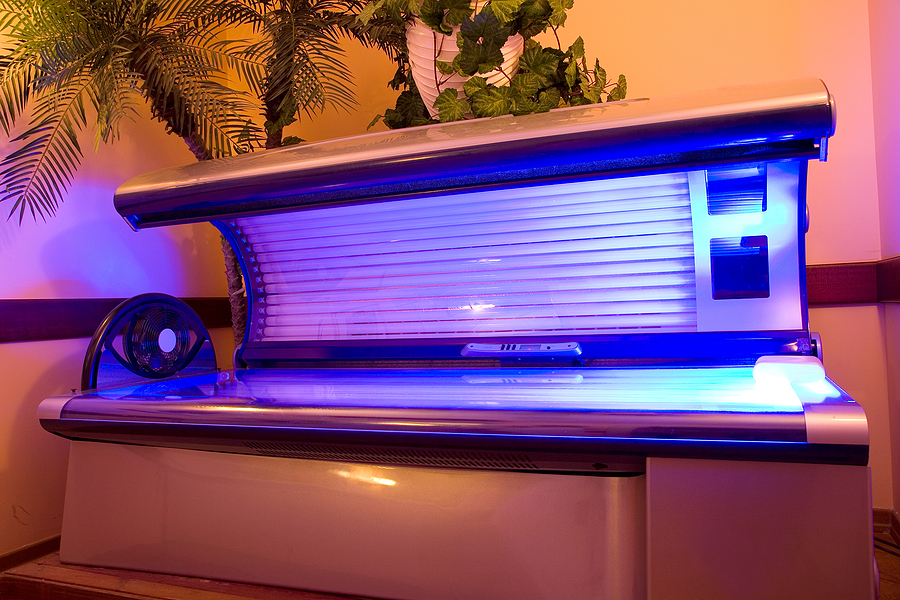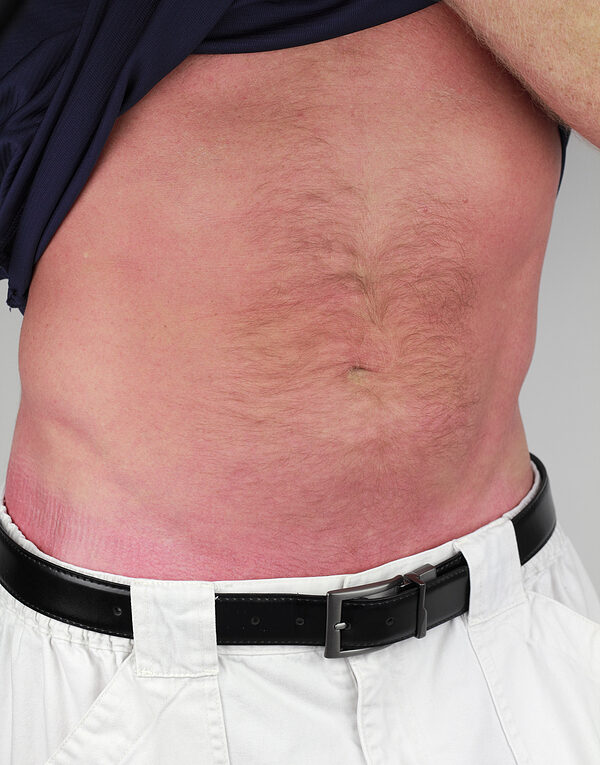Are you basking in the golden glow of the tanning salon world, wondering how often your skin can safely revel in this artificial sunshine? As we peel back the layers of indoor tanning, it becomes clear that responsible exposure is not only an art but a science that dovetails perfectly with your skin’s health and your personal aesthetic. Delve into the nuances of tanning frequency, and you’ll find a wealth of information to sculpt the perfect tanning routine.

Typical Services Offered at Your Local Tanning Salon
Before we tan, it’s important to understand the range of services a salon offers. From traditional tanning beds to modern spray tanning systems, a tanning salon is more than just a bedroom for the sun-starved; it’s a beauty institution with a buffet of glow-inducing options.
► Tanning Beds – Tanning beds offer UV exposure akin to natural sunlight. With changing technologies, these beds have become safer and more efficient, providing a controlled environment for tanning.
► Spray Tanning – For those seeking a tan without the UV exposure, spray tanning provides an even, bronzed skin tone that can last for several days.
► Tanning Products – Tanning accelerators, bronzers, and tan extenders are your allies in the quest for the perfect tan. They blend science and skincare to enhance and prolong your tanning results.
The Benefits of Indoor Tanning
Indoor tanning isn’t just about the color. Regular, controlled exposure can boost your mood through increased vitamin D production and can aid in conditions like psoriasis and eczema. The warmth and glow after a tanning session can trigger the release of endorphins, making you feel happier and more relaxed. For some individuals, specifically those with certain dermatological conditions, moderate tanning can act as an affordable and accessible treatment to reduce symptoms.
Determining Your Tanning Frequency
Finding the right tanning frequency is crucial. Your personal tanning schedule should reflect your skin’s natural UV tolerance, your desire for a tan, and your ability to maintain it. Pale or light-toned individuals might start with shorter sessions (around 6 minutes) every 2-3 days before gradually increasing if desired and tolerated.
Sensitive skin types must start slow and steady, with an emphasis on protection and hydration. Consistency is key; sticking to the same schedule can prevent overdoing it. Moreover, skin changes with the seasons, so should your tanning habits. Less exposure in winter and shorter sessions in summer can maintain a year-round healthy glow.
Tips to Get the Most Out of Your Tanning Experience
Tanning is an investment in your skin’s appearance, so treat it with the reverence it deserves. Here are some practical tips to ensure your tanning time is quality time.
► Prep Work – Exfoliate and moisturize your skin the night before you tan. This removes dead skin and creates an even canvas for the tanning solution.
► Sunscreen – Indoor tanning lotions with SPF might sound counterintuitive, but they help protect the skin from the dangers of overexposure by limiting UV penetration.
► Staying Hydrated – Drink water before and after tanning to combat dehydration, which can accelerate aging and diminish the quality of your tan.
How to Practice Skin Safety When Tanning Indoors
Indoor tanning must be approached with caution. Overexposure can have detrimental effects on your skin, from premature aging to an increased risk of skin cancer. Redness and discomfort after tanning are signs of overexposure. If you’ve sunburned, you’ve gone too far. Repeated and prolonged UV exposure, especially in tanning beds, can lead to skin damage, including wrinkles and age spots, as well as skin cancer risk.
Important Post-Tanning Tips
After your tanning session, the right after-tan routine can maintain the integrity of your tan and protect your skin.Choosing the right post-tan product, like a moisturizer or tan extender with DHA, can prolong the life of your tan and keep skin healthy. Furthermore, incorporate a balanced diet and a skincare routine that complements your tanning habits to keep your skin radiant and your health in check.
Crafting Your Perfect Tanning Schedule
The ideal frequency for using a tanning bed depends on various personal factors, including your skin type and the specific results you’re aiming to achieve. The Skin Cancer Foundation advises that indoor tanning beds should be used cautiously due to the risks associated with UV exposure. However, if you decide to pursue tanning bed usage, it is generally recommended to start with moderation.
For instance, those with fairer skin types may begin with one short session per week, and depending on how your skin reacts, you can slowly increase the frequency, but never exceed more than three sessions per week. It’s essential to allow for a minimum 48-hour rest period between sessions to let your skin recover, as this can help minimize the risk of overexposure.
If ever in doubt, consult with a dermatologist to receive tailor-made advice that takes into account your individual needs and the health of your skin. Remember to always prioritize your skin’s well-being and listen to its feedback after each tanning session.
Sunless Tanning as an Alternative
If the risks of UV exposure are concerning, or if the schedule for in-person tanning just doesn’t fit, sunless tanning might be the optimal solution. It’s a safe and effective way to maintain that sun-kissed look without any of the risks associated with UV rays. Self-tanning products have come a long way. With practice and patience, you can achieve a natural-looking tan without stepping foot in a salon.
When in Doubt, Get an Expert’s Opinion
To bring this discussion full circle, a professional in the realm of skin health shares insights on tanning and its impact. Seeking the wisdom of a dermatologist can provide personalized guidance on safe tanning practices and debunk common myths.
Conclusion
Tanning can be a pleasurable experience that enhances your appearance, but it must be approached with an informed and cautious mindset. The commitment to responsible tanning practices is a pledge to the health and longevity of your skin.
Indulge in the benefits of that golden patina, but always with an awareness of the balance between beauty and wellness. Contact Broad Ripple Tans at 317-257-8262 to get the best deals on tanning beds, spray tanning, tanning products, and more! We also offer coupons!
Related Posts:
How Many Tanning Bed Sessions Do I Need to Get a Tan?
How to Make the Most Out of Your Tanning Bed Session
Guide on Choosing the Right Tanning Bed for Your Needs

